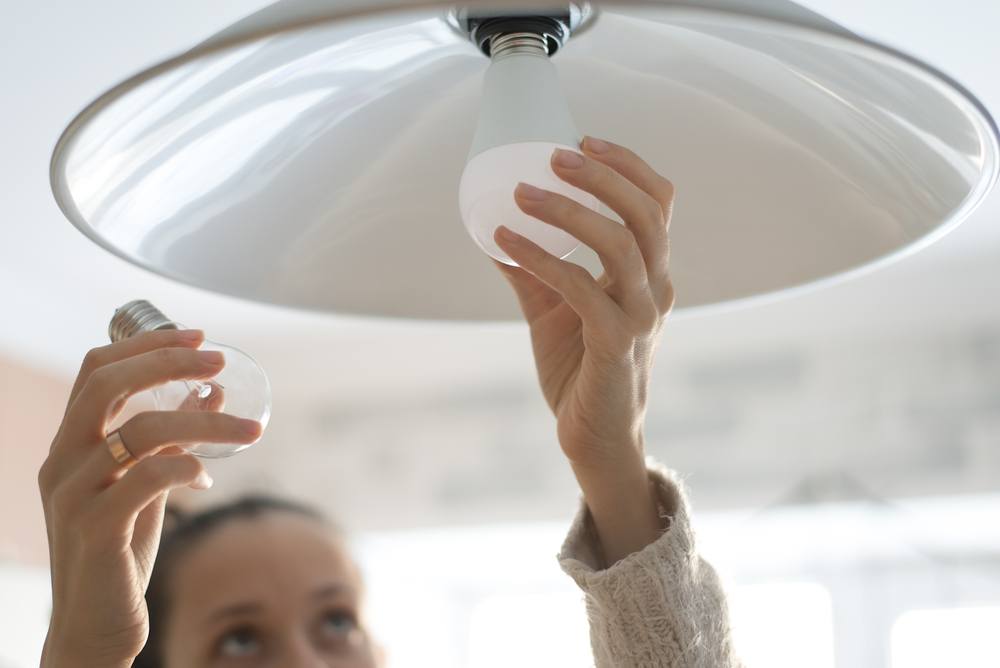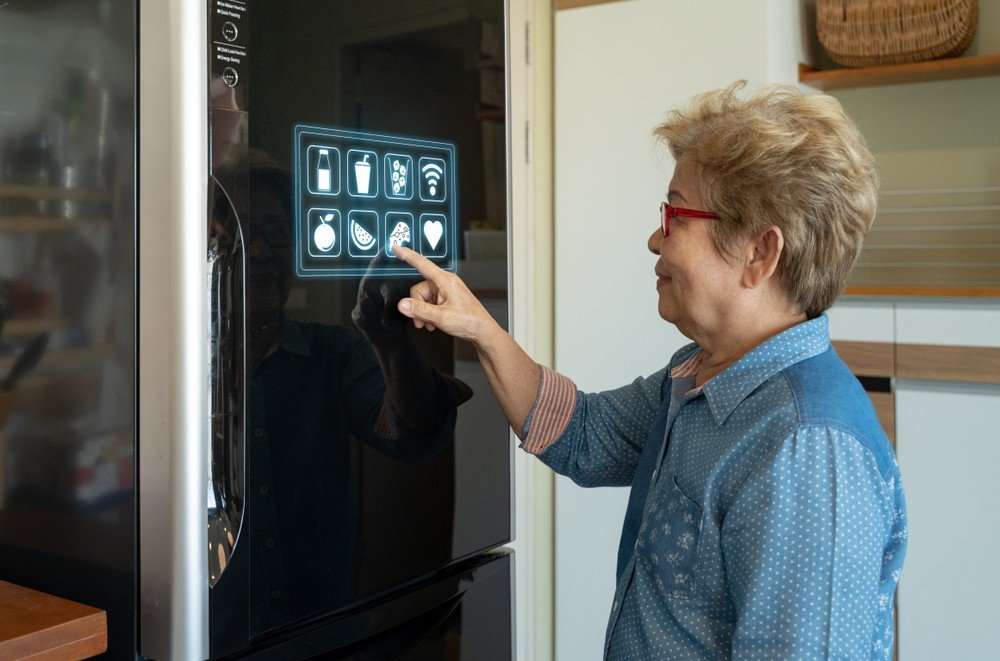How Can We Improve Energy Efficiency in IOT?
The Internet of Things—or IoT—describes the use of technology wired into the ‘things’ of our daily lives. IoT often refers to ‘smart’ technology and all the devices we use to make everyday habits a bit more convenient.
With all those devices anchored into smart plugs, electricity usage might see a boost, though. So how can we improve energy efficiency in IoT?
When utilizing the convenience of smart technology, users also have to be smart about how they plug in and what appliances and devices they ‘smarten up.’
If a smarter home is leading to higher electricity costs, here’s how to make IoT work smarter for your budget and zap less energy:
- Reassess your smart appliances approach (you could have gone too smart!)
- Utilize timers on all devices
- Check the bulbs (if you’re still using incandescent…switch to LED)
- Switch to smart power strips (and be careful using those, too!)
- Install smart water devices
- Research smart appliances before you buy
How Can We Improve Energy Efficiency in IoT? Reassess Your Smart Appliance Approach
Not all appliances benefit from smart technology, and plugging in too many might lead to more energy use in the long-term. Especially if you aren’t being savvy about controlling when appliances are turned on and off.
Anything that’s plugged into an outlet still uses a small amount of electricity. So if you’re looking to be smarter about energy use, you shouldn’t leave anything turned on if you aren’t using it. Otherwise, you could be negating the advantage of smart home technology.
Take an electricity audit and reassess what is plugged into smart controls. Keep only the appliances that you use on a daily basis as part of your smart home design. Not every light fixture, home appliance or television control needs to be ‘smart.’
And for every item that you keep plugged in, be sure to set controls or timer functions so that you don’t use anything when it isn’t necessary. A light that’s turned on for hours is utilizing electricity, so is that coffee maker that’s still warming that morning java.
Convert smartly. But don’t go overboard. And set those control functions!
How Can We Improve Energy Efficiency in IoT? Utilize Timers and Programming Controls!
Whatever you have converted to smart technology should be, ideally, utilizing timers or programming control features to ensure energy efficiency and eliminate waste.
Timers and controls should be used to moderate irrigation functions like outdoor sprinklers and basic electrical needs like light fixtures and appliances. Control functions can also enable homeowners to adjust thermostat temperatures, modify water flow and some even shut off water in the event of a leak.
Timers are a programming control that let you schedule when an appliance or device turns on and turns off. Your coffee maker may utilize a timer that schedules when it turns on for the morning and when it shuts off after brewing.
But programming controls may be more detailed and allow settings to be adjusted daily or to abide by certain parameters (like adjusting the thermostat during certain times of the day). Use these controls to your advantage and to maximize savings.
When you invest in smart plugs or appliances, read the manual to see how to set those controls and become educated on all the features that could lead to energy savings. Some smart devices are smarter than consumers realize!

How Can We Improve Energy Efficiency in IoT? Check the Bulbs!
If you’re wiring your home to be smarter, then you need to be smarter about all your energy choices. While plugging a lamp into a smart outlet lets you control when it turns on and off, you might still be wasting energy. Why?
Incandescent light bulbs use more energy than LED bulbs. And LED bulbs last much longer. So if you’re serious about being smart about energy usage, then you should probably consider ditching those old-fashioned incandescent bulbs for an LED upgrade.
How Can We Improve Energy Efficiency in IoT? Switch to Smart Power Strips
Using dozens of individual smart outlets or plugs may be adding to the control of your smart design, but it also might be cumbersome to deal with so many individual outlets.
Consider using smart power strips to plug and manage numerous items at once. These strips may have the ability to turn off the power to whatever is plugged into it…this ensures that less electricity is used. Smart power strips also make smartening up entertainment centers that feature numerous devices (like televisions, DVRs, stereo equipment) a bit less messy.
However, some individual smart plugs also may be a great choice for the smartest home. Some plugs actually monitor electricity use, which means you have a better insight to your costs and energy waste. Plugs also could include USB charging stations for phones and tablets.
How Can We Improve Energy Efficiency in IoT? Control the Water!
When wiring their home for smart capabilities, homeowners might forget water consumption and waste. We’ve mentioned, though, that some smart devices actually help control how much water you pour and others can even prevent leaks.
While an initial investment in these devices might seem costly, they could save homeowners a lot of money in the long run. Catching a water leak, for example, could save repair costs…not to mention water waste.
Smart devices that help control water flow might lead to less water use over time and a lower water bill. When planning a smart home, remember that water use also equates to energy use. So research smart devices that help monitor water functions for the home.

How Can We Improve Energy Efficiency in IoT? Research Smart Appliance Options Before You Buy
Smart technology abounds, and consumers might not even know an appliance has a smart option when shopping. If you’re looking for a new light fixture, appliance, or bathroom feature, go online and research all the options.
There may be a smart option that you didn’t realize was on the market. While ‘smart’ upgrades could be pricier, they also may add up to more savings through the years.
Buying smart means looking at the future of your purchase…and that energy saving smart appliance also may mean that it could qualify for a rebate through your utility company.
So how can we improve energy efficiency in IoT? By being smarter about the appliances we plug in and purchase! Not every appliance needs to be smarter, especially if we rarely use it.
Swapping out those individual plugs for a smart power strip may be a streamlined approach to a smarter home; consumers should also look into smart products that improve water consumption and waste.
Of course, before buying any new appliance or smart plug, research the options. There may be a smart version of the appliance you need that could save you more money over time.
No matter what smart purchases you make, read the manual to understand and make use of all the capabilities. Some smart appliances or products could qualify for rebate programs through your utility company, and consumers should be aware of the programs offered in their area.



